September 6, 2023
The Battle of Britain is the term given to the aerial fight in the skies over Great Britain between the German Luftwaffe and the British Royal Air Force in the fall of 1940. Adolf Hitler’s plan, executed by Field Marshal Hermann Goering, was to demoralize the civilian population of England through unceasing and devastating air raids.
Night after night, German aircraft dropped thousands of bombs on civilian targets across Great Britain. This was “The Blitz”, intended to bring the English to their knees and sue for peace.
If The Blitz failed to achieve surrender, Germany planned to launch a cross-Channel invasion and occupy the island.
London usually gets the press for the bombings, because it was a large and easy target, but there was a great deal of death rained from the sky across other cities as well.
This is the story of Coventry, a beautiful and idyllic location that had been a quiet and prosperous residence for Britons for a thousand years. It was virtually destroyed in one night. The butcher’s bill lists the enormity of the damage.
Blitzkrieg
In 1940, Britain stood alone against the Nazi menace that had already consumed nearly all of the European continent. Italy and Austria, along with Japan, had joined the Third Reich and became known as the Axis Powers.
The early German Blitzkrieg (“Lightning War”) was launched with the sudden invasion of Poland on September 1, 1939. Captured Polish troops — the bulk of their army — surrendered 27 days later. Lightly armed German tanks, mobile infantry and artillery coordinated by radio — a new technology for warfare — with Luftwaffe air support to quickly roll over resistance.
In 6 months, other countries had fallen to Blitzkrieg: Denmark, Norway, Belgium, Netherlands, Luxembourg, France, Yugoslavia, Greece.
The Soviet Union theoretically opposed Germany in 1939 and 1940, but did not actively join the fight until after Hitler launched Operation Barbarossa, a direct land invasion of Soviet territory, in June 1941.
The Battle of Britain
The classic air battle for domination of the United Kingdom began with coastal raids on Great Britain by the Luftwaffe in mid-July 1940. In August, the German attacks moved inland, targeting RAF fighter airbase locations.
RAF Fighter Command operated in distinct sectors and groups, organized so that those British airfields closest to the attack could scramble fighter planes to meet the threat.
British scientists had worked feverishly to perfect a rudimentary radar system, and by summer of 1940 it was barely operational, linking tower-mounted receiving stations and human observers with Fighter Command and operations rooms in each sector.
While German engineers had developed their own radar systems, the Luftwaffe was slow to appreciate the tactical advantages the more technologically advanced British systems gave the RAF. British technicians had made significant breakthroughs in technology; they shared the developments with AT&T’s Bell Labs for production in the U.S..
Radar proved extremely valuable in pinpointing inbound German bombers and vectoring RAF fighters to intercept. To guard the secret of radar, a British propaganda campaign pushed the idea that RAF pilots had been on a steady diet of carrots. The beta carotene supposedly gave them superior night vision.
Nevertheless, the Luftwaffe continued their campaign of night-bombing RAF airfields. On August 13, 1940, intense German bombings began on Fighter Command ground stations. That day, the Luftwaffe sent 1,400 sorties (1 sortie = 1 aircraft) over England. Twin-engine Dorniers and single-engine Stuka dive bombers were among the hundreds of aircraft launched.
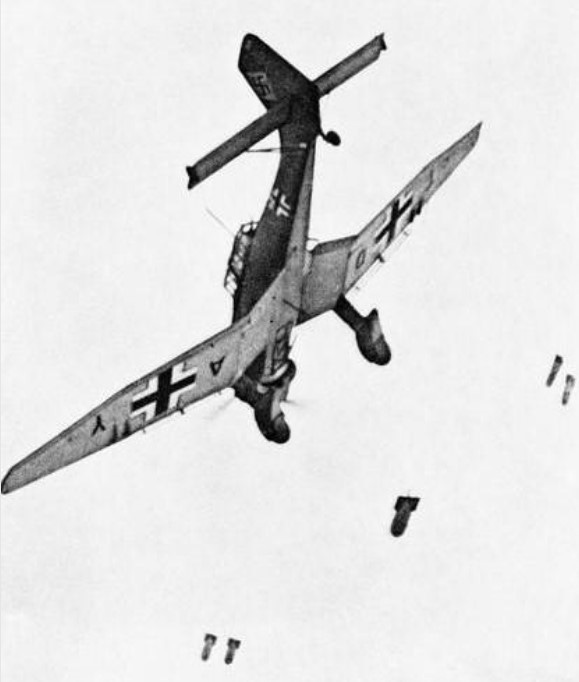
RAF fighters rose to meet them, guided by radar.
German losses were heavy. The British aviators had home field advantage, could land, refuel and return to the battle. The Spitfires and Hurricanes were more maneuverable than the lumbering bombers, and German attackers continued to fall from the sky.
The Stuka bombers were vulnerable once their dive began, and during the last days of August, 20% of their force was lost. The aircraft was withdrawn from the theatre.
On August 31, the raids reached a fever pitch. The Germans launched 1,300 sorties and were met with 1,000 flights from Fighter Command. Losses were heavy on both sides.
The RAF lost 39 aircraft that day. They were bruised, but not broken.
By September 7, it was clear the German attack on Fighter Command had inflicted less damage than expected, and German tactics changed.
Hitler ordered a change in focus to the air war against Britain. It turned from military targets to civilian. Bombing runs against British cities began. Apparently, Hitler gambled that, having lost the campaign to destroy the RAF, the loss of civilian life would be enough to demoralize the British people.
Known as The Blitz, this strategy had the opposite effect. Perhaps predictably, British resistance stiffened even as the civilian death toll rose. But the casualties were horrific, and none more so than those at Coventry.
Coventry
As early as 1935, many in England recognized that war with Germany was coming. Abiding by post-WWI agreements, England had failed to rearm, while Germany had violated the very same agreements and were secretly ramping up production of wartime materiel.
Coventry was home to several well-known manufacturing facilities: Rolls-Royce, Daimler, Austin, Singer, Rover, Triumph and others. Government plans required that they begin to develop peacetime subsidiary factories to gain experience in wartime production. Principally, Coventry became a center of development for aircraft power plants and airframes.
Because Coventry was in the Midlands, the very center of the island and some 100 miles northwest of London, it was thought safe from bombing raids. By some accounts, families sent their children to the relative safety of Coventry to avoid the worst effects of the Blitz.
Firestorm
Coventry ceased to be safe in mid-November.
At 7:20 pm on November 14, 1940, 13 German Heinkel He111 aircraft, fitted with special navigation aids, overflew Coventry and dropped marker flares.
They were followed immediately by 500 German bombers, wave after wave, in a raid codenamed Moonlight Sonata.
The first wave dropped high explosive bombs to destroy public utilities: water, electricity, telephones, gas mains. The bombs cratered roads, slowing emergency response, and smashed factory roofs.
Following waves dropped incendiaries, some of magnesium and some of petroleum, which fell into the buildings with destroyed roofs. Fires blazed out of control.
At 8:00 pm, St Michael’s Cathedral, the only English Cathedral to be destroyed in the war, was set afire. James II had once held court there 400 years earlier.
The air attack lasted all night, as German bombers dropped their loads, returned to bases in France to rearm, and came back time after time.
Over 4,300 homes were lost that night, half the residences in the city; one-third of the industrial factories were destroyed. Nearly 600 civilians were killed outright and another 1,000 injured. Total losses were impossible to calculate, as many were missing and never found.
The death toll would have been far worse, except that many, fearing just such an attack, had begun to leave the city at night, finding places to sleep in the countryside.
Controversy: Ultra Intercept
Bletchley Park was the home of British intelligence code-breaking. The Germans had developed the fabled Enigma machine, roughly approximate to a manual typewriter with random codes built into key sequences. When a message was encoded and transmitted by radio signal, a corresponding Enigma machine at the receiving end could, by using the same encryption, deconstruct the code and produce the original message.

It was devilishly effective. British codebreakers broke the code a little at a time. The intercepted messages were codenamed Ultra.
In 1974, a retired British intelligence officer published The Ultra Secret, a book which claimed that Winston Churchill, during the afternoon of November 14, 1940, had been given an Ultra intercept with advance notice of the raid on Coventry. Churchill, so the story went, refused to use the data to alert the RAF to the threat, because doing so would be a clear indication to the enemy that their precious Enigma had been broken.
The claim has been made that Churchill weighed the destruction of Coventry against the value of the intel, and came down on the side of the intel. He took his customary whiskey nightcap and went to bed as Coventry burned.
It’s a poignant tale, and highlights the incalculable weight of command.
But its probably not true.
Later accounts show that, while there was the clear threat of a German air raid that night, this was nothing new: There was a clear threat almost every night. Not enough of the code had been broken to read the destination, and it seemed much more likely that London was the target. London was already as well defended as it could be.
The War Goes On
Coventry recovered. Even at that early date in the war, manufacturing had been dispersed. Many suppliers had expanded to other locations near Coventry but outside the city. Some damaged factories were restored to service. The loss of life took an emotional toll, but the resolution of the people seemed to increase in proportion to their losses.
One result was that British Bomber Command saw the raid on Coventry as justification for a stepped-up campaign against the civilian population in Germany. As with any conflict, the attacks from both sides became more deadly, more devastating, more destructive.
The Few
The Battle of Britain was Hitler’s failed attempt to subjugate England. The battle began with raids on Channel shipping in July; it progressed to attacks on Fighter Command airfields in August; it moved to civilian targets in September; and tapered off in October as outrageously vigorous RAF counter-attacks decimated and demoralized German air crews.
Churchill, whose inspirational oratory welded the resolve of the British people during the darkest time in their long history, spoke the famous words that forever solidified the reputation of the aviators of the RAF: Never in the field of human conflict was so much owed by so many to so few.
Filmography
Far and away the best movie on the subject is the 1969 Battle of Britain, starring Michael Caine and Trevor Howard. Great dogfight scenes. Unnecessary soap opera conflict, but it’s a movie.
A more narrow perspective is Mission of Honor, 2018, with Milo Gibson. It highlights the true story of Polish aviators who escaped the Nazi occupation of their homeland to join the RAF as a unit. They were highly effective in Hawker Hurricane fighters. Unfortunately, most were forcibly repatriated to communist Poland after the war and lost to history.
Theological Contemplations
In 1933 the Oxford University undergraduate debating society —- the Oxford Union — adopted a statement that became famous. Or infamous: “This house will not in any circumstances fight for King and Country.”
The resolution was treated with a formal debate. Twenty students participated, 10 on one side of the question, 10 on the other, with 400 society members listening attentively.
When the debate concluded, a vote was held. The society voted in favor of the resolution — “never shall we fight” — 275 to 153. That’s a 2:1 margin. It caused an uproar among conservatives throughout the United Kingdom.
When the war actually came 6 years later, a War Office recruiting board was set up at Oxford, just as at every other university in Great Britain. Of 3,000 eligible male students, 2,600 enlisted. That’s 87 percent.
At the risk of violently ripping one of Jesus’ teachings completely asunder from its context, I offer the Parable of the Two Sons, Matthew 21: 28-31.
28 There was a man who had two sons. He went to the first and said, ‘Son, go and work today in the vineyard.’
29 ‘I will not,’ he answered, but later he changed his mind and went.
30 Then the father went to the other son and said the same thing. He answered, ‘I will, sir,’ but he did not go.
31 ”Which of the two did what his father wanted?” “The first,” they answered.
The Sons of Oxford said, “I will not,” but then did as they were asked. Granted, 6 years had passed, so it was a different population. But give me a little literary license here.
Take the position you want, but don’t be so sure. Things can change.
We need to allow one another the grace and space to mature.
Verse for the Week
Proverbs 3:7-8 Do not be wise in your own eyes; fear the LORD and turn away from evil. It will be healing to your body and refreshment to your bones.
Have a good week!
Curt


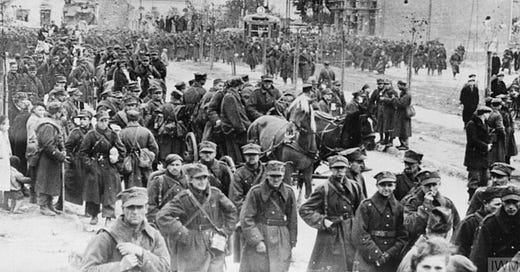




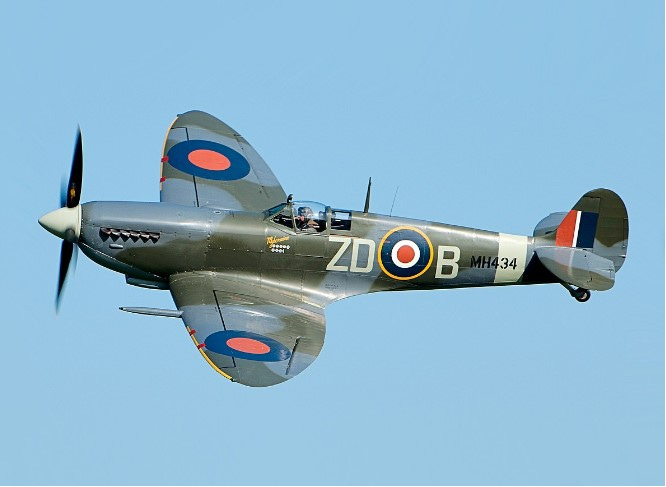

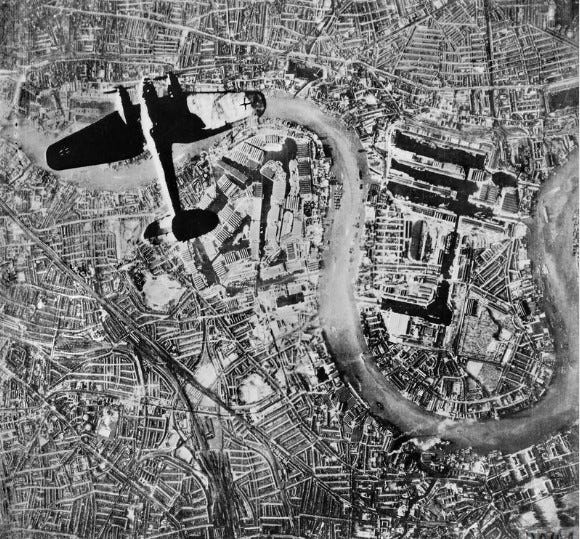
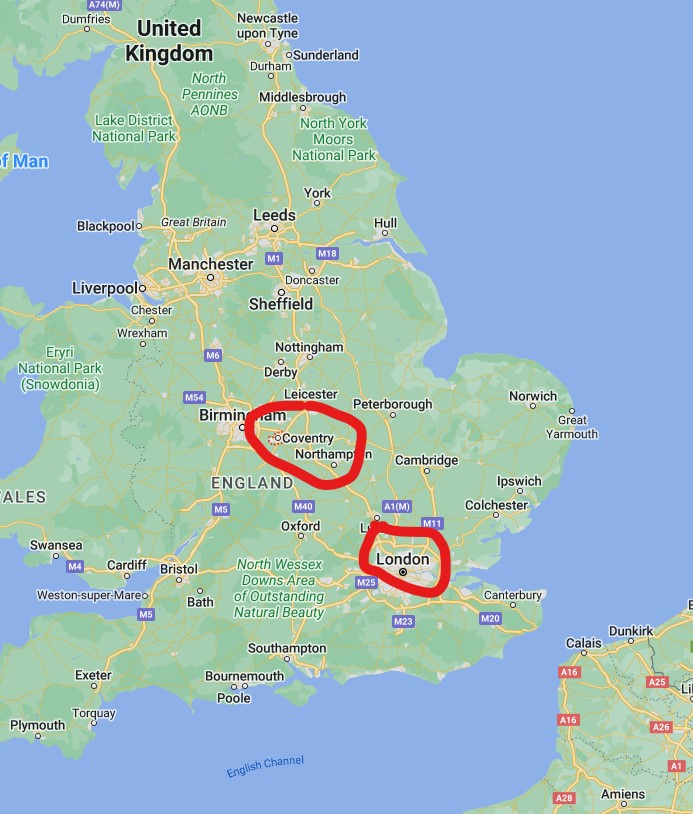


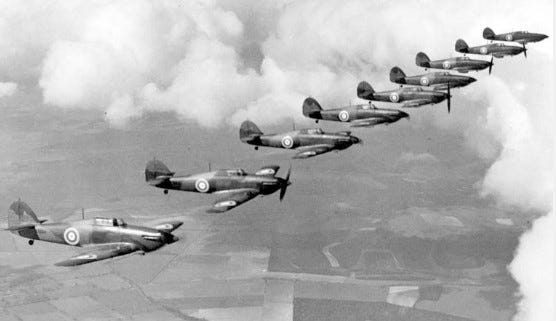










Share this post